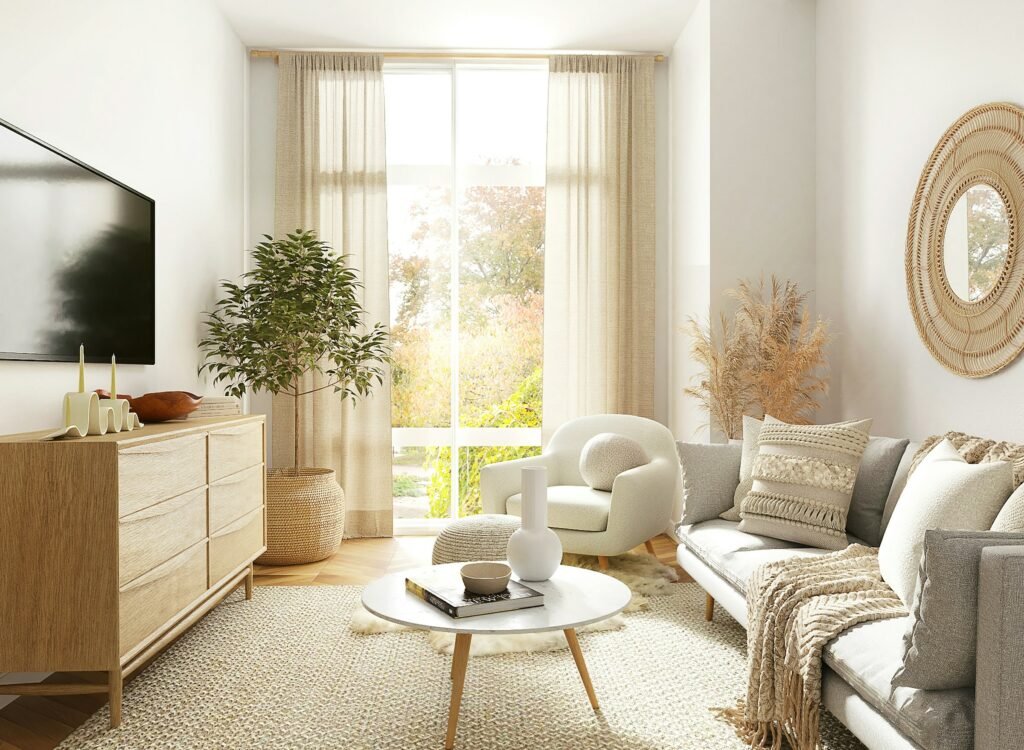10 Essential Elements to Consider When Designing Your Home Plan
Designing your dream home is an exciting endeavor, but it’s also a task that requires careful consideration and planning. Whether you’re building a new house from scratch or renovating an existing space, the home plan serves as the blueprint for your vision. To ensure that your home reflects your lifestyle, meets your needs, and stands the test of time, it’s essential to pay attention to certain key elements during the design process. Here are 10 essential elements to consider when designing your home plan:

Lifestyle Assessment
Before diving into the specifics of your home plan, take some time to assess your lifestyle and how you envision living in your new space. Consider factors such as family size, daily routines, entertaining habits, and hobbies. This will help you prioritize features and layout elements that align with your lifestyle needs and preferences.
Functionality
A well-designed home plan prioritizes functionality above all else. Think about how you use each space in your home and aim to create a layout that promotes efficiency and convenience. Consider factors such as traffic flow, proximity of rooms, and ease of access to essential areas like the kitchen, bathrooms, and laundry room.
Space Allocation
Carefully allocate space in your home plan to different areas based on their intended use and importance. Determine the ideal size and layout for bedrooms, living areas, kitchen, dining room, and other spaces to ensure that each area meets its intended purpose without feeling cramped or underutilized.
Natural Light
Maximizing natural light can greatly enhance the ambiance and functionality of your home. When designing your home plan, consider the orientation of your house and strategically place windows, skylights, and other openings to optimize natural light throughout the day. This not only reduces the need for artificial lighting but also creates a brighter, more inviting living environment.
Privacy
Privacy is an important consideration, especially in bedrooms, bathrooms, and other intimate spaces. Position these areas away from high-traffic areas and consider features such as window placement, landscaping, and interior layout to ensure privacy without sacrificing natural light or views.
Flexibility and Adaptability
A well-designed home plan should be flexible and adaptable to accommodate changing needs and lifestyles over time. Incorporate versatile spaces that can serve multiple functions, such as a home office that can double as a guest bedroom or a bonus room that can evolve with your family’s interests and hobbies.
Storage Solutions
Adequate storage is essential for maintaining a clutter-free and organized home. When designing your home plan, consider incorporating ample storage solutions such as built-in cabinets, closets, shelving, and pantry space. Think about your storage needs in each area of the house and plan accordingly to ensure that everything has its place.
Outdoor Living Spaces
Don’t forget to extend your living space outdoors by incorporating outdoor living areas into your home plan. Whether it’s a cozy patio, spacious deck, or landscaped garden, outdoor spaces provide opportunities for relaxation, entertaining, and enjoying nature. Consider how these outdoor areas can be seamlessly integrated with the interior of your home for a cohesive and harmonious living experience.
Energy Efficiency
Designing an energy-efficient home not only reduces your environmental footprint but also saves you money on utility bills in the long run. When creating your home plan, incorporate features such as proper insulation, energy-efficient windows and doors, high-efficiency heating and cooling systems, and sustainable materials to minimize energy consumption and maximize comfort.
Budget and Timeline
Finally, keep your budget and timeline in mind throughout the design process. Set realistic expectations and prioritize elements that are most important to you within your budget constraints. Work closely with your architect or designer to create a home plan that balances your vision with practical considerations and ensures that the project stays on track from start to finish.
In conclusion, designing your home plan is a multifaceted process that requires careful attention to detail and thoughtful consideration of various elements. By prioritizing functionality, natural light, privacy, flexibility, and other key factors, you can create a home that not only meets your immediate needs but also adapts to your lifestyle and evolves with you over time. With careful planning and collaboration with professionals, you can bring your dream home to life and enjoy it for years to come.

I like this blog it’s a master piece! Glad I found this ohttps://69v.topn google.Blog monetyze